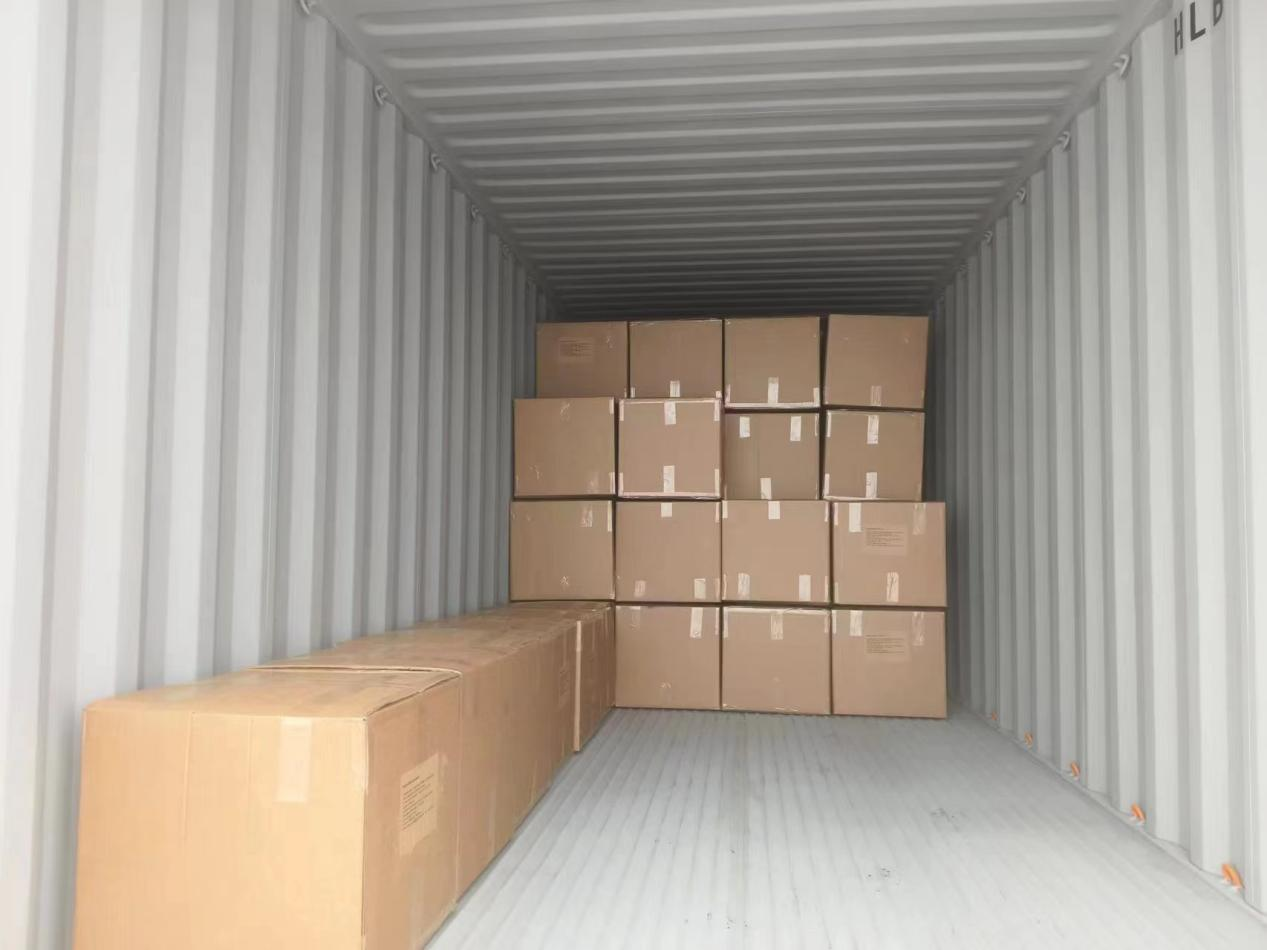How to Make Sound Absorbing Wall Art
Creating sound-absorbing wall art is an innovative and aesthetic solution for combating noise in your living spaces while adding a personal touch to your décor. Whether you’re looking to improve acoustics in your home office, music room, or even a busy living area, this project allows you to combine functionality with creativity. Here’s how to make your own sound-absorbing wall art.
Materials You’ll Need
1. Fabric Select a fabric that complements your décor. Felt is a popular choice due to its excellent sound-absorbing qualities and wide range of colors. You can also use cotton or linen for a more textured look. 2. Acoustic Foam Panels These are essential for absorption. Ensure you choose a thickness of at least 1 inch, as thicker panels will absorb sound better.
3. Wood Frame To provide structure to your artwork, you’ll need a wooden frame that will hold the foam and fabric in place. You can buy pre-made frames or construct your own.
4. Adhesive Use spray adhesive or a strong fabric glue to attach the foam to the frame and the fabric to the foam.
5. Staple Gun This can be used to secure the fabric to the frame for a clean finish.
6. Scissors For cutting the fabric and foam.
7. Hanging Hardware To attach your art securely to the wall.
how to make sound absorbing wall art

Steps to Create Your Wall Art
1. Measure and Cut Begin by measuring your desired artwork size, keeping in mind the dimensions of your wall space. Cut the acoustic foam panels accordingly, ensuring they fit snugly within your wooden frame.
2. Prepare the Frame If you are making your own frame, assemble the wood pieces using screws or nails. Sand down any rough edges to ensure a smooth finish. If you're using a pre-made frame, make sure it’s sturdy enough to hold the foam and fabric.
3. Attach Foam to Frame Using your chosen adhesive, attach the acoustic foam panels to the back of the frame. Ensure they’re evenly spread out and hold them in place for a few moments to allow the glue to set.
4. Wrap with Fabric Cut your fabric so that it’s large enough to wrap around the foam and staple to the back of the frame. Start from one side and pull the fabric tight, using the staple gun to secure it in place. Repeat this process for all sides, ensuring the fabric is smooth and taut.
5. Final Touches Check for any loose areas and make adjustments as necessary. If desired, you can add additional decorative elements, such as stencils, prints, or even framed pictures, to the fabric to enhance its visual appeal.
6. Hanging Once your wall art is ready, attach the hanging hardware to the back of the frame and choose where you’d like to display it. Ensure it's securely mounted to handle the weight.
Conclusion
Creating sound-absorbing wall art is a rewarding and practical project that elevates your home’s aesthetic while reducing noise. This DIY approach allows for personalization, letting you express your unique style while enhancing the acoustic environment of your space. With just a little time and effort, you can transform your walls into a beautiful sound-absorbing masterpiece that both you and your guests will appreciate.
